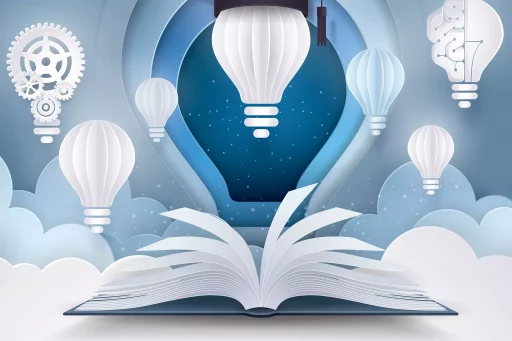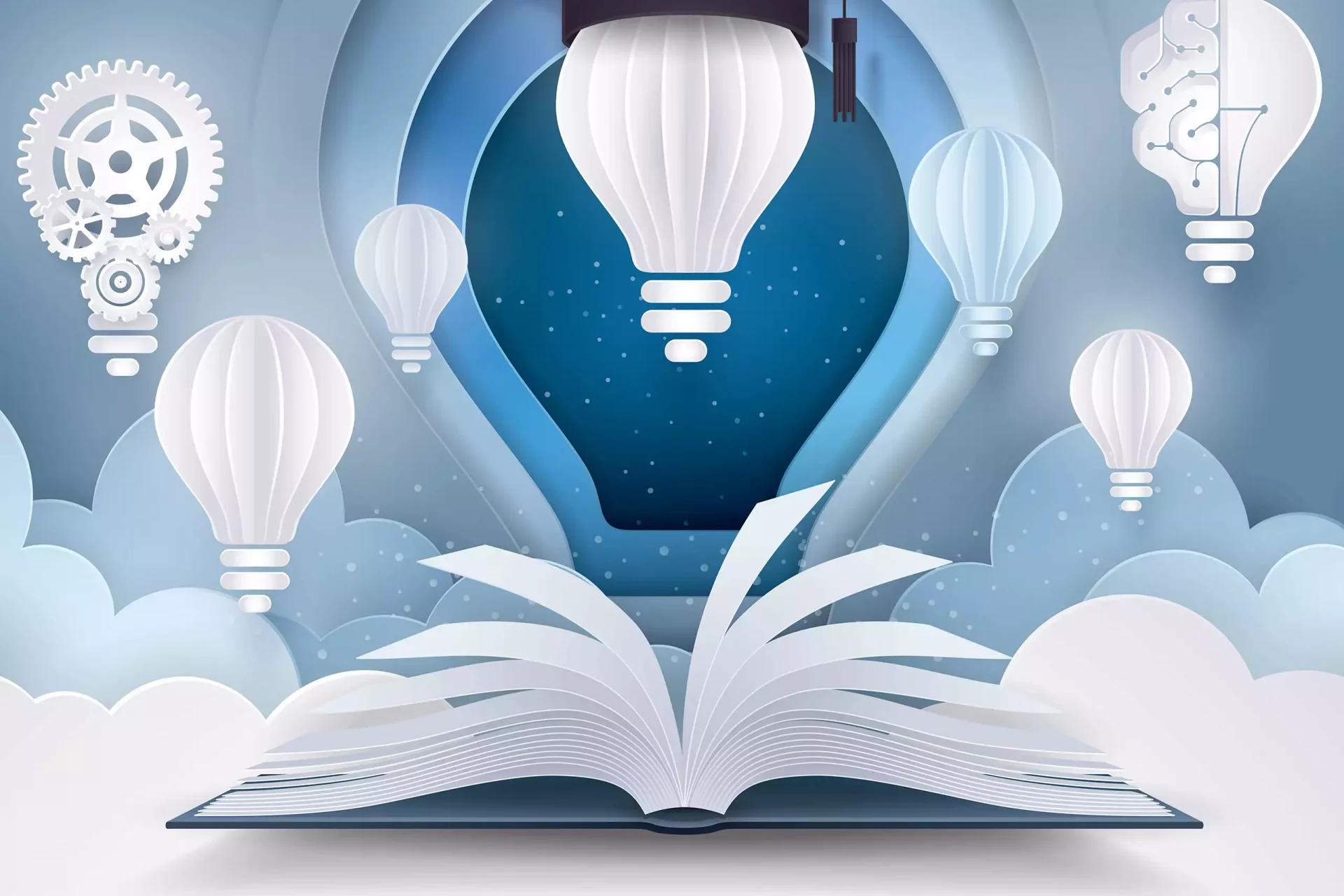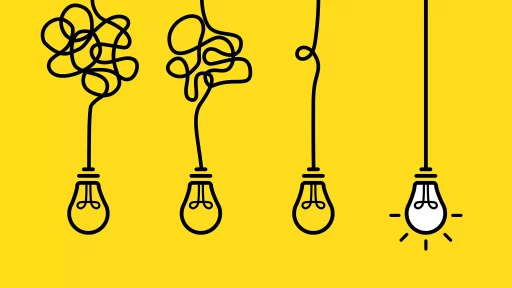Introduction to Republic Day
Republic Day is a significant event celebrated annually in various countries across the globe. In India, this day holds special importance, marking the adoption of the Constitution on January 26, 1950. It signifies the transition of India from a British dominion to a republic, embodying the values of democracy, justice, liberty, and equality.
The Historical Context
The journey towards becoming a republic began with India’s struggle for independence against British rule. Following years of arduous efforts, India attained independence on August 15, 1947. However, it was only when the Constitution was enacted on January 26, 1950, that India became a fully sovereign republic, establishing a framework for governance based on democratic principles.
Significance of Republic Day
Republic Day represents the essence of a democratic nation. It symbolizes the people’s power in choosing their government and shaping their future. This day reminds citizens of their rights and responsibilities as members of a sovereign nation governed by the rule of law. The key aspects of Republic Day are:
- Constitutional Framework: The Indian Constitution is the supreme law of the land, outlining fundamental rights, duties, and the structure of governance.
- Celebration of Unity: Republic Day promotes national integration and unity among the diverse cultures and traditions of India.
- Pride in Democracy: It is a day to celebrate and reaffirm the democratic values that the nation upholds.
Republic Day Celebrations
Celebrations on Republic Day are grand and multifaceted, involving parades, flag-hoisting ceremonies, cultural performances, and more. The central event occurs in Delhi, where a majestic parade takes place. This parade showcases:
- Cultural Diversity: Various states of India present their traditional dances, music, and attire.
- Military Display: The Indian Armed Forces display their strength and commitment to safeguarding the nation.
- Award Ceremonies: Gallantry awards are presented on this day, honoring the bravery of individuals.
According to statistics, approximately 250,000 spectators, including foreign dignitaries, witness the grand parade in New Delhi each year.
Case Studies: Republic Day Celebrations Worldwide
While India’s celebrations are iconic, other countries also observe Republic Day with similar fervor. Here are a few examples:
- United States: Although the USA celebrates Independence Day on July 4, its observance of Constitution Day on September 17 highlights the significance of its governing document.
- Italy: Italy celebrates Republic Day on June 2, which marks the day in 1946 when Italians voted to abolish the monarchy.
- France: France’s Bastille Day on July 14 commemorates the storming of the Bastille prison and the unity of the people in overthrowing tyranny.
Republic Day and Youth Engagement
Youth engagement plays a crucial role in the observance of Republic Day. Schools and colleges organize various activities, such as:
- Debates and Discussions: Encouraging students to express their views on democratic values and responsibilities.
- Art and Craft: Creating displays or posters that reflect the significance of Republic Day.
- Community Service: Engaging in volunteer work to promote social responsibility among young citizens.
Such activities instill a sense of pride and responsibility among the youth, further strengthening the democratic fabric of the nation.
Conclusion
Republic Day is not just a mark of remembrance; it is a celebration of the principles that bind a nation together. By honoring this day, citizens honor their rights, duties, and the rich tapestry of their heritage. The significance of Republic Day transcends mere celebration; it serves as a potent reminder of the responsibilities that come with freedom and democracy.





